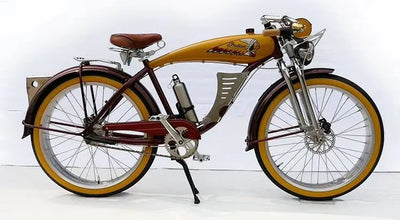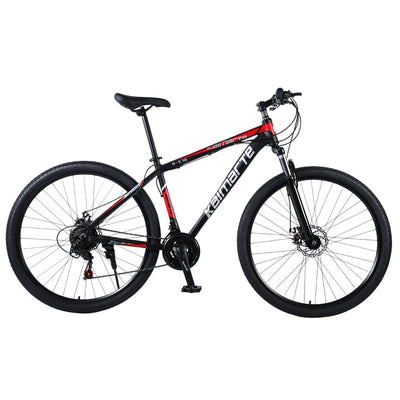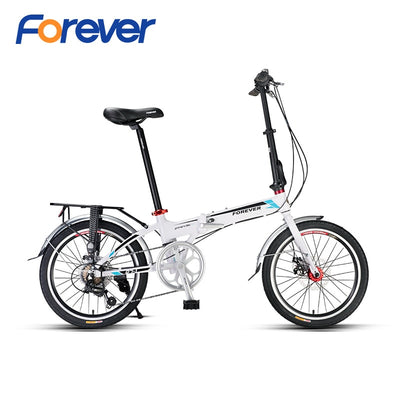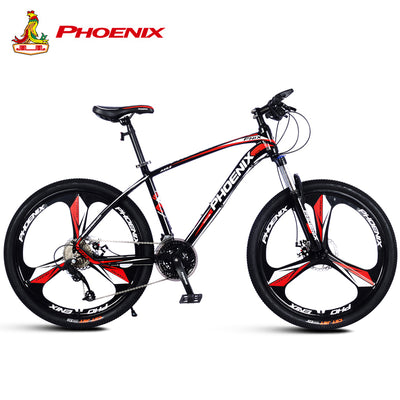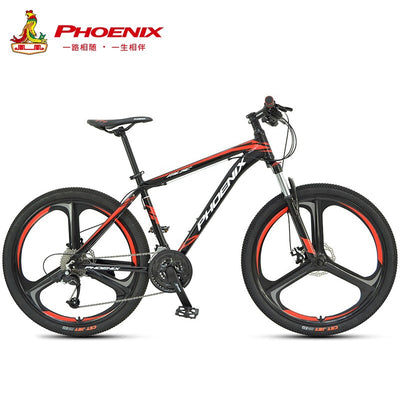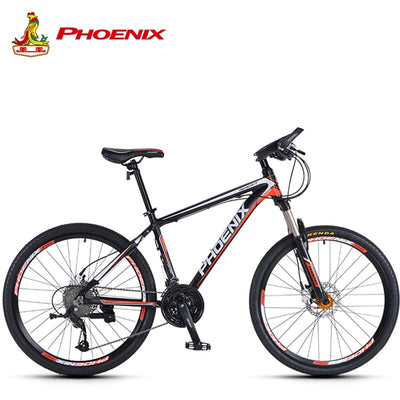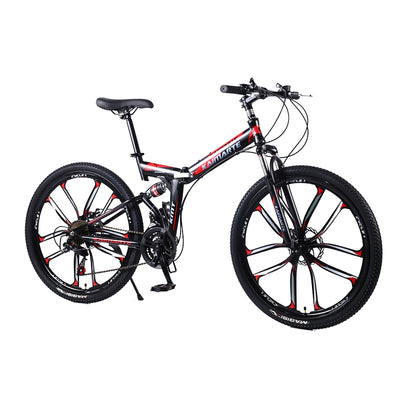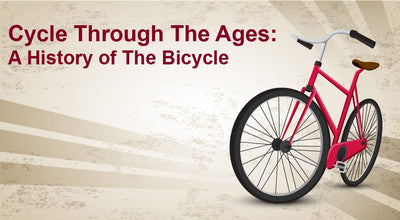How to Buy a Bike That Fits a Woman
Posted by Tom Lee on
Buying a bicycle can be a challenge! This is particularly the case for women as the obvious physical differences between women and men can make it hard for women to find the ideal bike for them or the right fit in a male dominated bike world.
Buying a women’s bike is definitely not as straightforward as buying a men’s bike. This is largely because bike manufacturers have only recently woken up to the fact that men are not the only people who cycle.
We’ve spoken to the experts at Cyclefit and, in consultation with some of GGB’s female friends, we have created the following guide of what to look for in a woman’s bike and useful pointers on women’s bike sizing. We hope it’s helpful.
Get specific
Despite the fact that many women ride smaller versions of men’s bikes the obvious (and not so obvious) physical differences between women and men mean that men’s bike frames tend to be unsuitable for women. As a result, when you are buying a bike there are many advantages in looking at women-specific bikes.
Step through bikes were the original bikes designed for women back in the last century. However, now there are frames and bikes designed for women who want road bikes, mountain bikes, Dutch bikes or Mixte hybrid bikes.
Whatever style of women’s bike you want, getting the right women’s bike size and adjusting it to fit your physique is critical to the comfort and handling of the bike.
Read the how to buy the best folding bikes in 2017 and Best comfort bikes.
Read Our Other Bikes Reviews :-
Basic physiology and impact on women’s bikes
Bear with us, as we know we all come in different shapes and sizes but women generally have shorter upper bodies than men, with a shorter torso and shorter arms. Conversely, women have longer femurs (thigh bones) and longer legs than a man of the same height as well as wider hips. Women’s hands and feet are also generally smaller than men’s, while their shoulders are narrower.
One simple example of how this plays into comfort for a woman riding a bike is the saddle. Wider hips mean bigger sit bones. This requires a wider saddle on a women’s bike than typically supplied on a man’s bike. An illustration of this is the saddle sizes offered by Specialized. They tend to offer saddles in two sizes for men and women. Men get saddles of 130mm and 143mm. Women’s saddles are 155mm and 175mm. (Of course, saddles can be easily changed, so, if you prefer to stick with your men’s bike you may want to consider replacing the saddle).
Step-Through Frame Bikes/Hybrids
Bike fitting is less of an issue for step-through frame bikes because there is either no top tube or, in the case of a Mixte frame, the tube is heavily slanted. As the riding position on these bikes is upright the best fit is determined by the reach to the handlebars. The head tube on a step through frame tends to be quite long so to maintain an upright riding position.
When it comes to Mixte frames, the typical frame has road bike geometry. Road bike geometry on such frames can present a problem like toe overlap making tight turns trickier but are suitable for shorter women. A touring Mixte with its larger wheel base can overcome this problem, while on road bike Mixte frames look for a bike that has smaller 650 size wheels.
Road Bikes
A standard unisex road bike is built to fit a man. It may, in some circumstances, actually fit a woman well but generally it’s not ideal. For example, the extended top tube length of unisex bikes means that women generally have to stretch to reach the handlebars. In addition, cranks tend to be too long and handlebars too wide.
As bike manufacturers have begun to recognise the demand for women’s bikes they have started to build bikes with a geometry tailored to the female physique. A women’s bike tends to have a more pronounced sloping top tube as well as being shorter in length across the top to give women a more comfortable and less extended reach to the handlebars.
However, shorter top tubes do present problems. On the smallest frames there is a risk of toe overlap (This is where your toe can hit the front wheel when you turn a bike at slow speeds), which no rider likes, according to Julian of UK specialist frame fitting company CycleFit. To deal with this, Julian tells us, manufacturers often steepen the seat tube to push the front wheel further away from the bottom bracket and create more clearance.
When buying a road specific women’s bike, it’s necessary to pay attention to the seat tube angle. This should be around 70°-73° (whereas men’s bikes tend to be 72°-75°). This will result in the saddle being positioned behind the bottom bracket in order to accommodate women’s proportionally longer legs and to make sure the rider has an optimum knee over pedal position for efficient pedalling.
It is also important to ensure there is a long enough head tube on a short top tube bike so that the drop between saddle and handlebars is comfortable.
Other changes that can be made to create the perfect fit for a women’s bike are: shorter cranks (manufacturers generally offer a range between 165mm – 175mm), narrower handlebars (c380mm – 460mm) and shorter brake levers. A shorter handlebar stem (c70mm – 130mm) can also aid reach on a standard or a women’s bike.
Mountain bikes
Fit issues encountered by women with mountain bikes are similar to those with a road bike setup. As a result of most bikes being designed with the male market in mind it is often necessary for the relevant contact points to be adjusted to fit a woman’s physical differences.
The advice provided above for a road specific women’s bike is relevant here. A wider saddle can be fitted, slimmer handlebar grips put on and narrower handlebars used.
The key feature of a specifically built women’s mountain bike frame is a shorter top tube. Some bike manufacturers have designed curved top tubes on their bikes to aid standover height for women. As for any rider the springs on any part of the suspension for a mountain bike will need to be adjusted to take account of the weight of the rider.
Women’s Bike Sizing
Our own bike frame size guide is simple to use and suggests bike frame sizes based upon your height. It is a good starting point if you are looking for help with women’s bike sizing. You need to get a measuring tape and calculator to hand if you want to get more sophisticated with bike sizing.
For an accurate women’s bike sizing measurement on a road bike, get your inseam leg measurement in centimetres and multiply it by 0.67. This will give you a recommended frame size in centimetres.
For an accurate women’s bike sizing measurement on a mountain bike convert the inseam measurement from centimetres to inches and multiply by 0.67. This gives your frame size in inches.
Other things to note:
-Women’s road bike sizes generally run a few sizes smaller than men’s bikes, accommodating cyclists between 4’10 to 5’10 inches in height. Road frames range from 42cm to 57cm. When it comes to choosing the correct frame size for women’s bike sizing, whether you choose a male bike or women’s specific design, it’s always good to do the standover test. Make sure there is at least a 1 inch clearance from your crotch over the top tube.
-Women’s mountain bike frames range from 13 to 19 inches. When doing a standover test, you should have 3 to 4 inches clearance over a top tube.
-Step through frames are typically measured in inches as opposed to centimetres with sizes going up from 17 to 22 inches typically. A smaller frame isn’t always necessary though with women’s bike sizing on a step through frame. As a general guide, a 17’5 inch frame will fit a lady with a 24’5-28’5 inch inside leg measurement, a 20 inch frame will fit a lady with a 27-31’5 inch inside leg measurement and a 22 inch frame will fit a lady with a 30’5-38 inch inside leg measurement.
by

